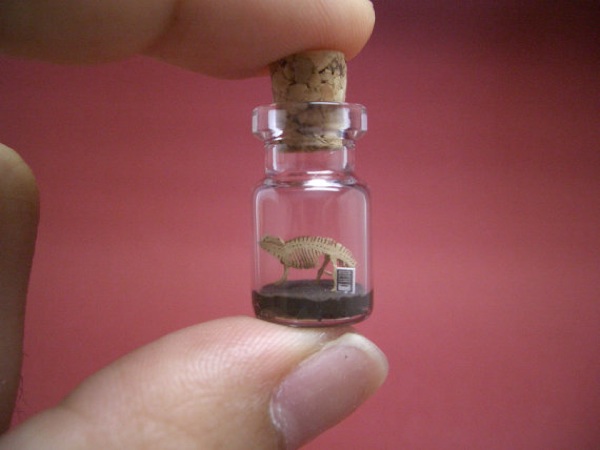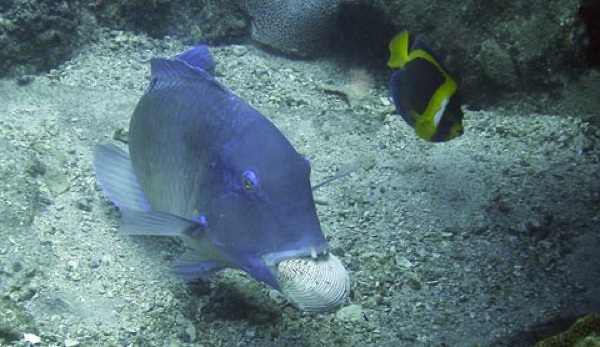Probiotics and "Science by Product Release": "

When heavy publicity turns early scientific findings into massive public debacles—see: Life, arsenic—we spend a lot of time talking about the problems inherent in doing science by press release. Essentially, an early finding might be pretty damn intriguing. But an early finding doesn't mean much until it's been picked apart by other scientists, and held up to criticism and verification. The process of science is glacially slow, while the news cycle moves like a waterfall.
But there's another place in public life where the speed of good science conflicts with outside demands. Namely: The food industry. Over at Slate, Amanda Schaffer has a really interesting article about how food companies (Big Food and crunchy hippie mom n' pops, alike) have taken incomplete, relatively new research on probiotics and turned it into absolute (and frequently overblown) statements about functional foods.
There's certainly a scientific basis for humankind's relationship with symbiotic bacteria, and there's also research suggesting that you can ingest these bacteria and benefit from it. But there is still a lot we don't know, and the benefits are usually smaller than you've been led to believe.
What about the immune system? Good bacteria may tweak the balance of immune cells or cause more cells to become activated, at least temporarily. In theory, this might help to fend off disease. Of course, 'most people aren't as interested in, for example, how activated their macrophages might be as they are in keeping from getting sick,' as Mary Ellen Sanders, a probiotics consultant who runs the company Dairy and Food Culture Technologies, puts it. The few studies that look at whether probiotics can help prevent common illness tend to find very modest benefits: A randomized trial of Finnish toddlers, for instance, suggested that those drinking a specific probiotic milk three times a day, five days a week, had about one sick day fewer over the course of seven months. It remains to be seen whether different strains (or combinations) might pack a bigger punch. At the same time, researchers are asking whether various bugs might help to prevent allergy if given early enough to breast-feeding mothers and babies, or whether they might reduce inflammation. None of this work is definitive, but it is intriguing early science.
Other claims, meanwhile, are simply bloated, especially when it comes to the immune system. Dannon is not outrageous for suggesting that its DanActive drink has an effect on that system: Some research does suggest that the relevant strain can give particular immune cells a boost. But that doesn't automatically mean it will keep you healthier. Company researchers in Europe have tried to get at that possibility--for instance, by giving a probiotic drink to elderly people and looking at their rates of common infectious diseases like colds, flus, and stomach viruses. (The strain they used, called Lactobacillus casei DN-114001, is the same one found in DanActive.) They found that each episode of sickness was shorter, on average, in people taking the drink: about six and a half days instead of eight days for those in the control group. So the probiotic did seem to spare them about a day-and-a-half of illness. Still, it didn't change the number of times they got sick or the severity of their illness. All of which might prompt consumers to give a bit of a shrug. (And some extra skepticism is always in order when so many studies in a field are company-funded.)
That last sentence is particularly important when it comes to safety. As Schaffer points out later in the article, most of the major trials of probiotics haven't been designed to monitor adverse effects at all. So while we know that there might be some benefits from ingesting bacteria, we know next to nothing about the potential downsides.
Via Ed Yong
Image: leafyog, a Creative Commons Attribution No-Derivative-Works (2.0) image from kenningtonfox's photostream





"








